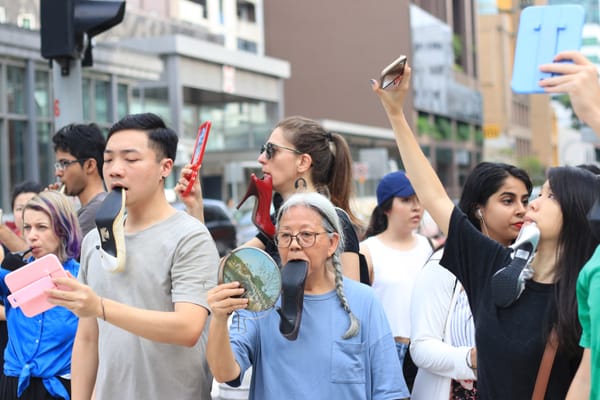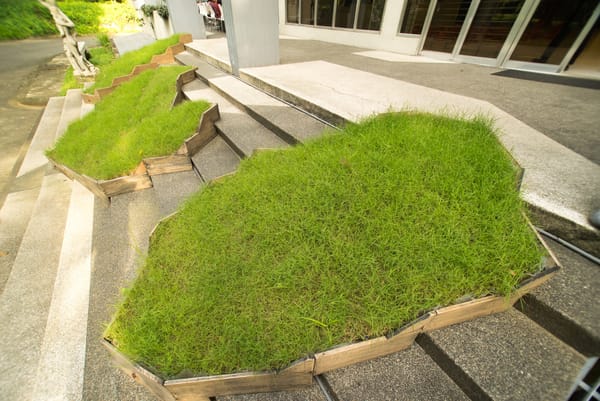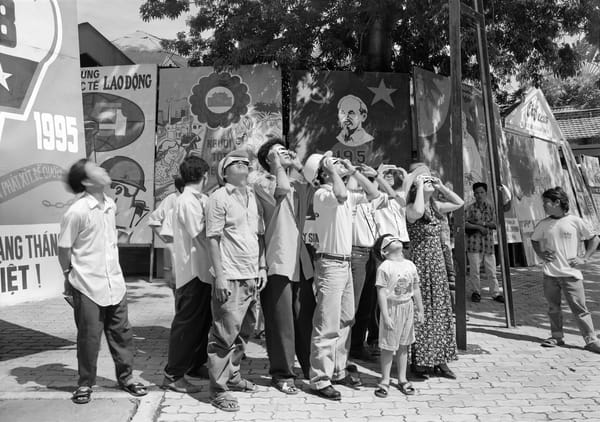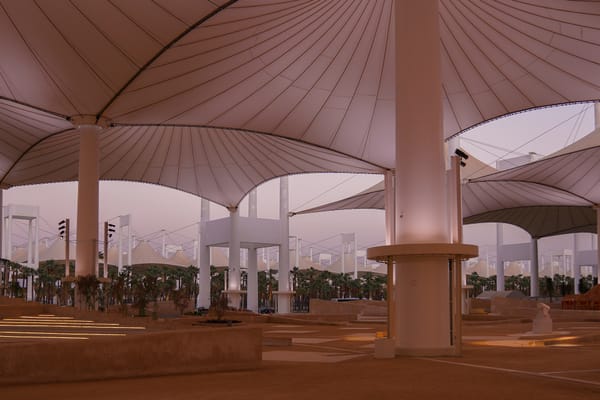Issue
Dispatch: Seoul
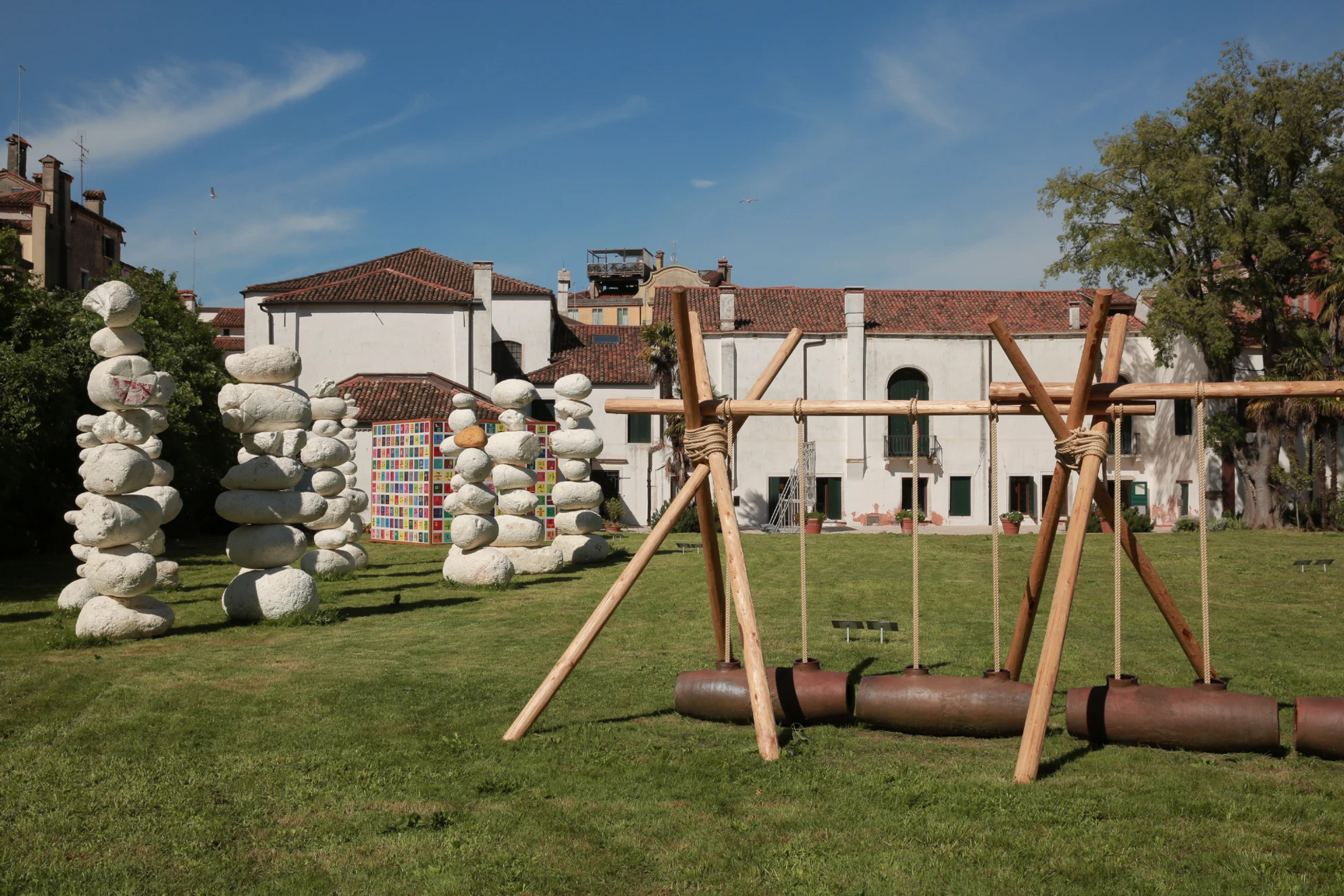
The scenes from Seoul that unfolded in the late hours of December 3, 2024, were deeply disturbing to all Koreans who were still awake that Tuesday night. Scores of armed soldiers poured out of helicopters and onto the lawn of the National Assembly, which they subsequently attempted to breach while legislators mustered inside and sought to nullify a presidential decree—the likes of which had not been issued since the bloody Gwangju Uprising of 1980. By the next morning, President Yoon Suk Yeol’s declaration of martial law had been voted down and officially rescinded, but the political fallout was only just beginning for the beleaguered South Korean president.
The ensuing sequence of events has played out like a scripted drama, marking an unprecedented period of upheaval in the South Korean political system that has been accompanied by fervent—and occasionally violent—protests in Seoul. While many of Yoon’s policies have made him deeply unpopular in the nearly three years since his inauguration, the arts sector has found itself grasping at straws amid an alarming economic downturn that the current administration has proved unable to mitigate.
Yoon carried the conservative People’s Power Party to a presidential victory in 2022, beating out his liberal opponent by the closest margin in Korean history. While cultural policy did not figure prominently in Yoon’s platform, one of his marquee campaign promises was to relocate the presidential office from the Blue House in Seoul’s Jongno District and transform the site into a multipurpose cultural complex on par with the Palace of Versailles. Once in office, he made good on his vow to convert the Blue House into a public compound, but cultural programming on site in the following years has been scant and art exhibitions virtually nonexistent. For now, it is just another tourist landmark and a symbol of a half-fulfilled promise.
The only real arts policy on Yoon’s agenda was to address cultural disparities between the Seoul metropolitan area and the rest of the country by supporting the establishment of museums, art galleries, and cultural centers in areas beyond the capital. By the end of his first year in office, however, he scrapped these ambitions in favor of promoting Korean culture overseas, raising concerns that instead of reinforcing the domestic art ecosystem and ensuring the sustainable execution of local art initiatives, outbound efforts tied to specific commercial events may only have momentary impact without any meaningful long-term benefit.
A key benchmark for Yoon’s administration to flex the power of “K-Culture” was the 2024 Venice Biennale, where Koo Jeong A’s “Odorama Cities” at the Korean Pavilion was met with widespread approval by the international art world. But its sponsor Arts Council Korea (ARKO), a subsidiary of the Ministry of Culture, Sports and Tourism (MCST), devoted more than three times the financial resources to “Every Island is a Mountain,” a special exhibition commemorating the Korean Pavilion’s 30th anniversary, which was panned as a hastily assembled showcase of unrelated works from previous years’ presentations. This was seen as symptomatic of the Yoon administration’s misguided pandering of K-Culture to international audiences, which risks unintentionally restricting the diversity of Korean art, provoking a correlated decline in contemporary Korean art discourse.
Back home, ARKO serves as a wellspring of government funding for the country’s artists, curators, and other art professionals who have been adversely affected by Yoon’s cutbacks of available resources for homegrown art initiatives while increasing those for the tourism sector. Compounding the squeeze felt by the Korean art world was a consolidation in ARKO’s funding model, which moved from broad-based distribution of modest grants conferred upon a large number of applicants toward a more targeted approach that provides bigger subsidies to fewer beneficiaries. In an ecosystem where many art spaces rely on government support to defray their annual operational costs, alternative and artist-run venues are now lumped together with larger exhibition venues, with the latter reportedly edging out their scrappier counterparts.
This is part of a wider shift toward curbing the autonomy of ARKO and expanding the MCST’s authority under the Yoon administration, limiting the latitude for creative experimentation and innovation in favor of “safer” and more conventional approaches to curating. A corresponding reliance on corporate sponsorships and market-driven art projects has led to additional burdens on public institutions and curators as they find themselves beholden to the financial interests of their backers. Regrettably, this translates to more commercially oriented exhibition programming at public and private institutions alike, with the potential to stall the momentum of contemporary Korean art, which has propelled its artists into the limelight like never before. Any positive outcomes will likely arise in spite of Yoon’s policies, not because of them.
[Editor’s note: This report reflects the political situation in South Korea as of mid-February 2025. Given the rapidly evolving nature of events, some details may have changed since publication.]
Andy St. Louis is the Seoul desk editor for ArtAsiaPacific and the founder of Seoul Art Friend, an online platform dedicated to promoting Korean contemporary art. He is currently writing a survey of Korean artists.
